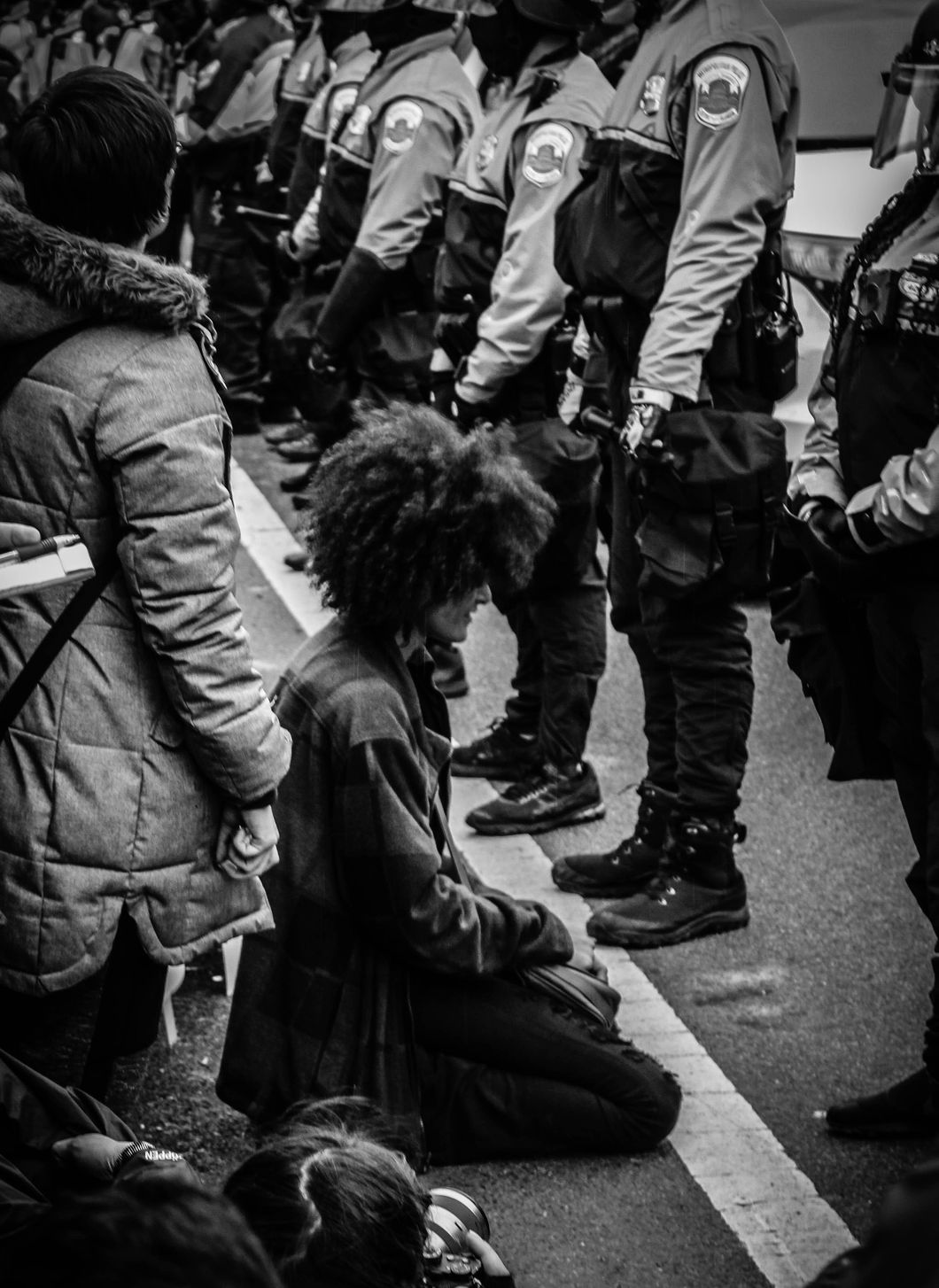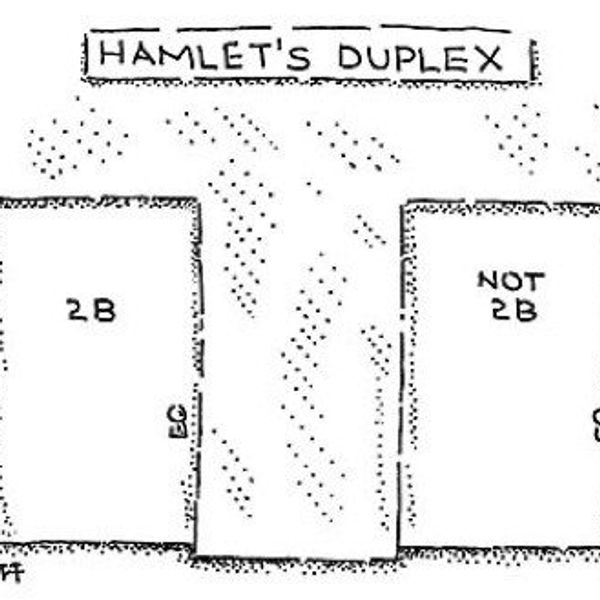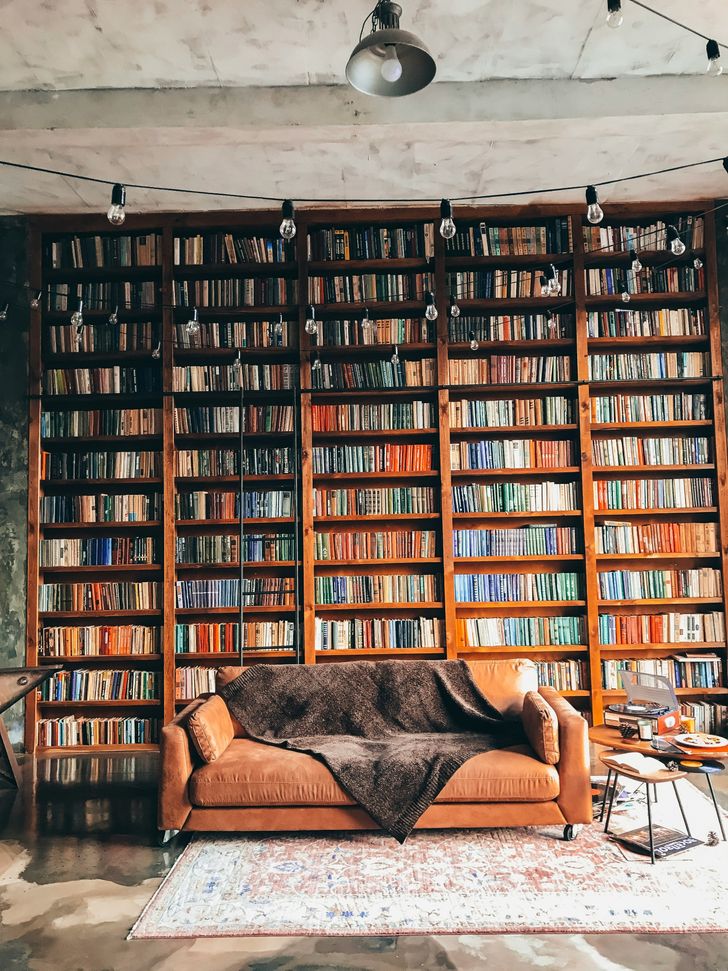The attack on the U.S. Capitol on January 6 rocked the foundation of our democracy, literally, and made us resemble a war-torn or authoritarian country that lacks rule of law. It came as a shock to many Americans who could not believe that fellow citizens would attack one of the symbols of our democratic order -- thinking somehow, in a twisted mindset, that by doing this they will overturn the majority's will and get their chosen leader to remain in power.
But the most shocking thing that came out of this for me, and I'm sure many other Americans, is the stark difference between how police handled these white supremacist rioters, who attacked and desecrated the U.S. Capitol, versus unarmed Black protesters last summer. It is important to note the difference in objective between both sets of protesters. While Black Lives Matter (BLM) protesters and their supporters were calling for racial justice and police accountability, following the unjust killing of Black people and aggressive police tactics toward them, white supremacist rioters were trying to stop the democratic process that was ongoing in the Capitol. In light of the difference in both groups' goals, I would like to point out some of the clear differences in how police handled each group.
At the U.S. Capitol attack on January 6, some police officers were seen opening up barricades and waving rioters in, some also took selfies with rioters. In contrast, when BLM protesters went to the Capitol last year police were standing in military-style formation blocking anyone from entering. Police also used tear gas and heavy-handed tactics, toward BLM protesters even when they were doing nothing aggressive. Like when President Trump wanted to take a photo-op next to a historic church near the White House, and protesters were fired at with canister launchers and pepper ball guns. Several agencies, including military police, secret service, Bureau of Prisons, Park Police, and National Guard were deployed. None of those agencies were seen at the Capitol riot, despite authorities knowing ahead of time about the planned insurrection.
After the attack on the U.S. Capitol, in which rioters broke windows, ransacked offices, killed a police officer, and injured several, most rioters were left to go home. They were only arrested later at their homes after people spoke up and identified them from social media. However, when BLM protesters simply violated a curfew that was good enough for them to be arrested, in some cases violently. In several cases, police created a scenario where protesters were blocked until the curfew took effect and then arrested for violating it. By early June, over 10,000 mostly peaceful protesters were arrested throughout the U.S., and police regularly used tear gas and rubber bullets on them and members of the media.
In more than one instance BLM protesters were arrested and charged with rioting and gang-related charges, without attacking anything. In contrast, most of the white supremacist rioters had minor charges levied against them compared to what they did. Gang-related charges on a group of non-violent protesters in Arizona could land them decades in prison, while Capitol rioters face short prison sentences. And when armed pro-Trump protesters in Arizona came to protest election results none were arrested and police did not use teargas, as the above article pointed out.
It is not only the police, but public officials including a senator called for violently quelling racial justice protesters during the summer of 2020. Sen. Tom Cotton went so far as saying protesters should be killed and not allowed to surrender, using the military term "no quarter," which means just that.
For many Americans who were not affected by racial injustice, it was hard to grasp the unequal treatment of police in dealing with white versus Black people. It was easy to dismiss the issue as "a few bad apples." But what happened at the Capitol made it obvious that this problem is systemic. In order to make changes and fix the problem, we must first acknowledge that it exists. Denying there is a problem only makes it get worse. Everyone should be treated equally, and police should be held accountable.



















